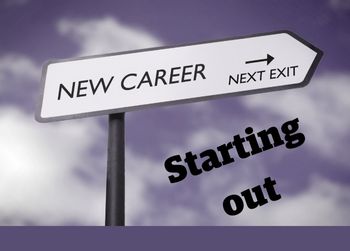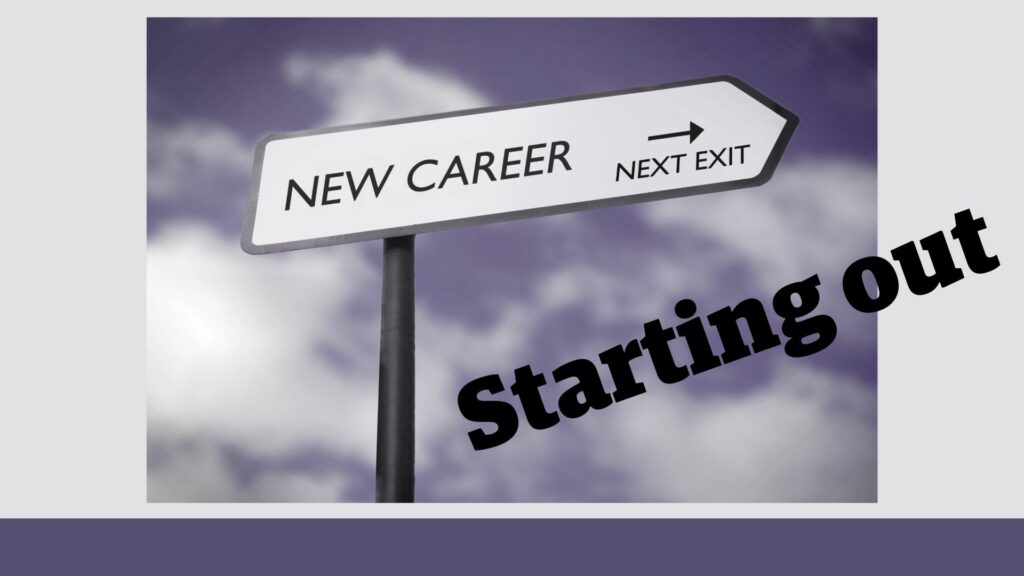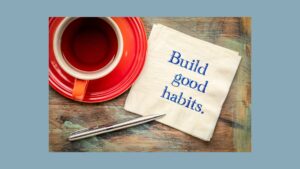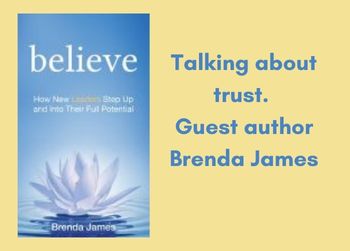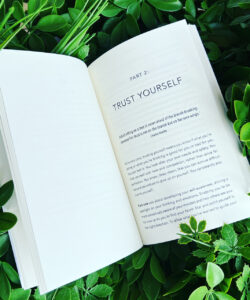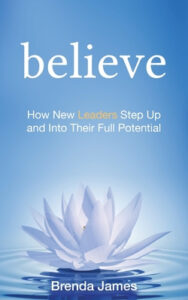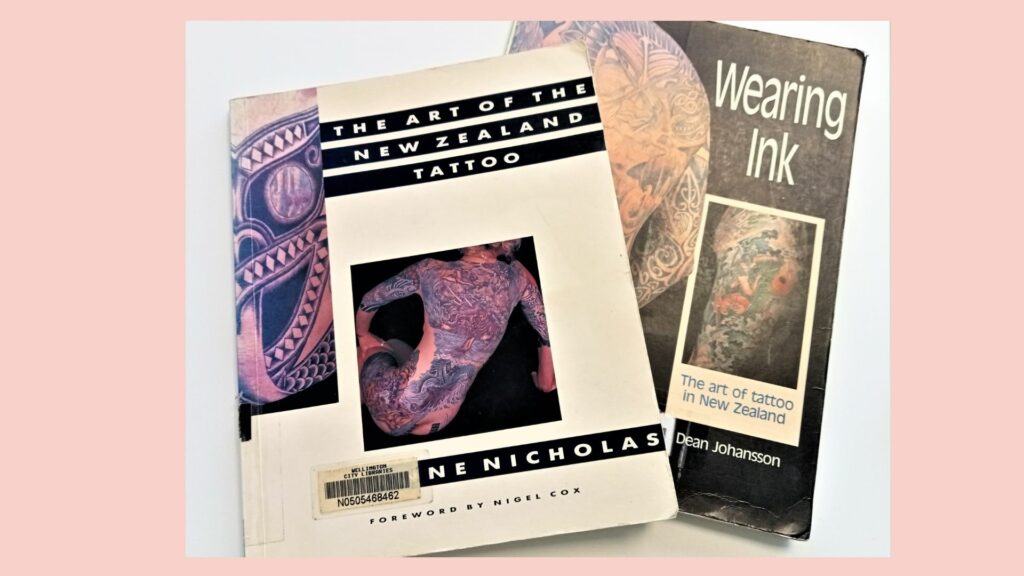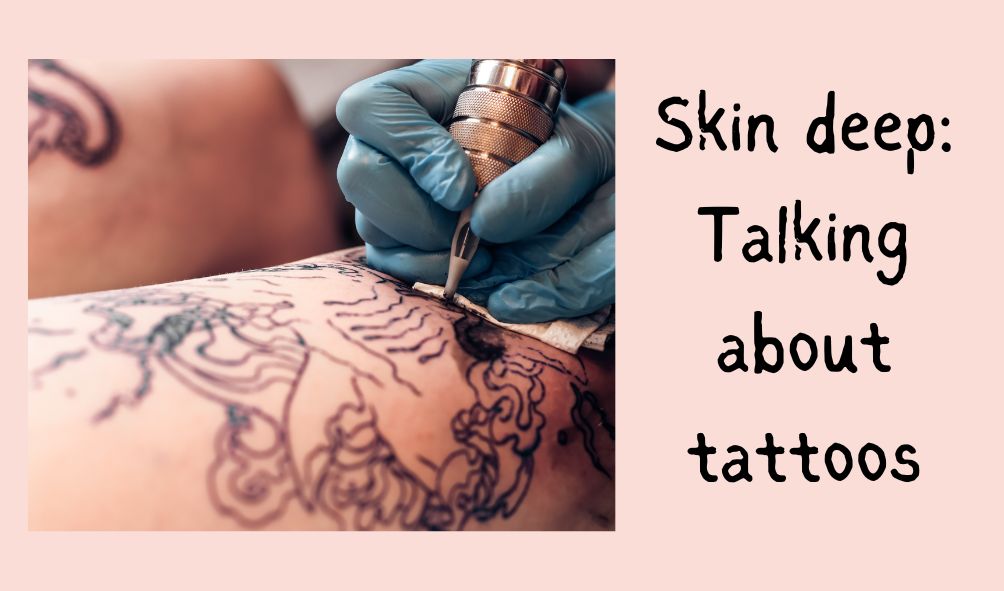Lavatory, bog, loo, dunny, crapper. Wharepaku, WC, thunderbox, longdrop, latrine.
There are numerous names for the smallest room in the house – the toilet – and their origins are just as varied as the terminology.
With every healthy adult producing, on average, 500 litres of urine and 145 kg of faecal matter every year we definitely all need access to a loo. These days most modern New Zealand homes have at least one, if not two, porcelain thrones.
Interior of a bathroom showroom displaying ceramic toilets, wash basins and baths, possibly Christchurch. The Press (Newspaper) :Negatives. Ref: 1/1-017902-G. Alexander Turnbull Library, Wellington, New Zealand. /records/29948323
It wasn’t always like that. In the days before city wide waste management and underground sewer networks the toilet was literally the “out house”, often located at the bottom of the garden. Before that the “night soil” man would make weekly visits to homes to remove waste. This article gives a good overview of the process while a broader history of New Zealand’s sanitation can be found on Te Ara.
Public facilities were first introduced to Aotearoa in 1863 with the building of a public men’s room in Auckland. Note that ladies had to wait nearly four decades before they too had access to “restrooms” in Auckland.
Wellington lagged behind in the provision of male conveniences but was one of the first cities to provide for women.
Former public toilets on Cambridge Terrace now house a restaurant bar while the subterranean men’s urinals now houses a pizza place.
Public toilets, Cambridge Terrace, Wellington. Evening post (Newspaper. 1865-2002) :Photographic negatives and prints of the Evening Post newspaper. Ref: 1/4-021247-F. Alexander Turnbull Library, Wellington, New Zealand. /records/22755210 (Photo taken 1973)
Kent Terrace and Oriental Parade, Wellington. Ref: 1/2-116556-F. Alexander Turnbull Library, Wellington, New Zealand. /records/22838426 (Photo taken 1920s)
Rest stops are no longer just for bodily functions but in some cases also serve as public art works. The 2023 award for the most attractive wharepaku went to Rotorua’s Okere Falls Scenic Reserve conveniences, while notable architecture features in Northland’s famous Hundertwasser toilets. Further south at Tirau the public conveniences are housed within a corrugated iron sheep dog while Wellington’s waterfront has its Lobster loos (more correctly named the Kumutoto Public Toilets).
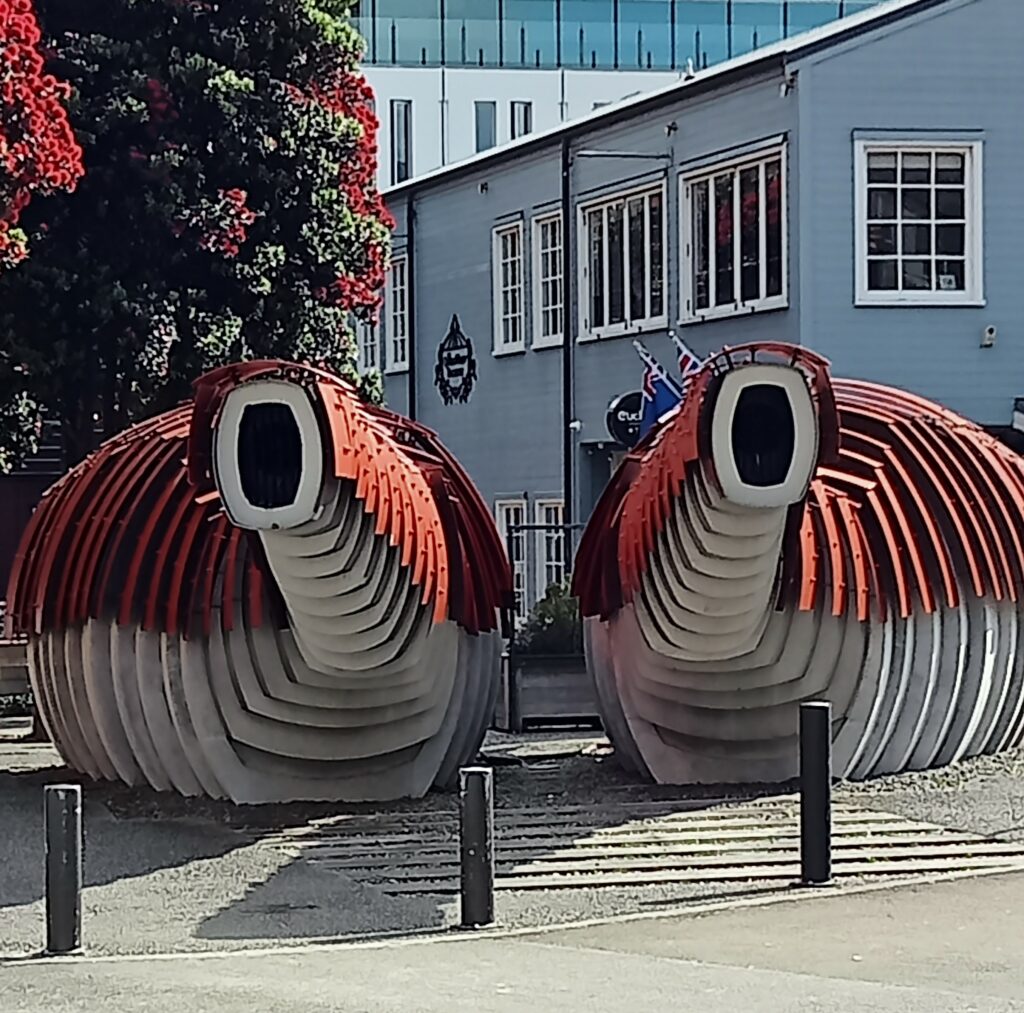
As you move around the city you can find Wellington City Council’s listing of accessible toilets here and Continence NZ also provides a list of Toilet Maps to assist people in locating facilities when travelling around the motu.
Continence NZ also issues a Toilet card to those with bladder and bowel problems, who may need to use a bathroom urgently. Crohn’s and Colitis NZ offer a similar “I can’t wait” card to be presented to the management of premises who may permit use of their toilet facilities.
On presentation of this card to a business, the staff should be understanding of the request and provide access to the business toilet facilities.
As a business you may wish to display a window sticker indicating your responsiveness to and support of card holders. Says the CCNZ website : Placing a CCNZ sticker in the window of your business that you recognise the “I Can’t Wait” card can truly change lives.
Honouring the card allows people with Crohn’s disease, ulcerative colitis and other medical condition to use your facilities in the event a cardholder needs one urgently.
In the event of a large scale emergency you may not have access to a functioning toilet and will need to consider an alternative. Have you, your whanau and your wider community given thought to what you would do if, after a destructive earthquake for instance, you don’t have available toilet facilities?
See Wremo’s guidelines here or print out the handy pdf instructions and add to your emergency kit along with the appropriate supplies.
As reducing water use becomes a concern there has been an increase in interest for water efficient toilets.
Flush toilets are large users of water. Water we cannot necessarily afford to waste particularly given Tw Whanganui a Tara’s water issues and a forecast dry summer.
According to a 2016 IFLScience article (someone else did the math on this) we can save water by weeing in the shower:
An average flush for a modern, Western-style toilet uses 6 liters (1.6 gallons) of water, and the average adult pees about seven times every 24 hours. That means that each day of weeing takes 42 liters (11.1 gallons) of toilet water to flush away. Assuming that people urinate the same way every single day, this means in just one year, the average person uses 15,330 liters (4,050 gallons) of toilet water.
As with all science though there are those who have differing opinions. Six years later the same site had an article headlined “Urogynaecologist Explains Why You “Need To Stop Peeing In The Shower“. Turns out what might be a good move for the environment may not be so good for your bladder.
Alternatively we can seek out more water efficient toilet design. Toilets, as with other appliances, have an efficiency rating for water use. The latest style four star toilets use as little as 3 litres of water for a half flush and 4.5 litres for a full flush. Most older style lavatories use between 7-12 litres per flush and lack the dual flush function. Although, according to a spokesperson for a central plumbing supply business, some of the new European designs are so water efficient some customers feel the flush is not as “complete” as they would like. If you are considering bathroom renovations, or a new build, then check out the water efficiency rating of the new loo.
This recent Spinoff article claims the correct use of the half and full flush functions can save millions of litres of water a year and while that may be true a look at the flush buttons on some new model toilets seemed unnecessarily complicated.
Which leads to the age old question of lid up or down when flushing. If you were ever in any doubt that the lid down is the correct thing to do when flushing, you won’t be after reading this and watching the attached video.
On the subject of the flushing loo – let’s correct a piece of misinformation. Alfred Hitchcock’s 1960 movie Psycho is often said to be the first movie to show a flushing toilet. Apparently this is incorrect according to the entertainment site, Collider. Hitchcock first showed a toilet in a movie scene almost 30 years earlier, In Psycho however the focus is on the toilet and the flushing water, which is in fact a movie making first.
Can the wharepaku be a place of serenity and style? Absolutely. Apparently, along with water efficiency, the present trends are for rimless porcelain, set flush (no pun intended) against a wall, with soft closing lid option. A word of warning though – if you ever need to upgrade your toilet seat make sure you know what make model graces the throne room.
In an innovative design, the Finns have come up with an all wood toilet to replace the traditional glazed porcelain models. But is the world ready to trade the porcelain pony for a stylish, biodegradable wooden model? Time will tell.
The ultimate in toilets though must go to Japanese designers who incorporate smart technology into their product. This writer for one, was nearly reduced to tears on arrival at a Tokyo hotel and finding a loo complete with a control panel of functions (all in Japanese) but no obvious flush button.
Turns out the flush button was behind the shallow, curved cistern top which operated as the handwash facility before the water went in to efficiently flushing the bowl. I might have learned that had I first visited the TOTO toilet museum 🙂
So now we’ve got to the bottom of bogs, shed some light on loos, provided you with maps to pitstops when you take the summer roady and flushed out some fun facts on the wharepaku. Here’s hoping this final blog for 2023 provides you all with some light relief. [Yes, you may groan]
If you want further reading check out our fascinating list below. Who knew there was so much riding on the topic of toilets and sanitation?
Kiwi-as toilets : where to go when you need to go in New Zealand / Knox, Jo
“Kiwi-As Toilets is a quirky and light-hearted coffee table book and travel guide that takes the reader on a tiki tour of New Zealand’s top toilets. This compilation of convenient convenience stops is full of facts and photos of fancy flushers, interspersed with splashes of toilet humour and toilet euphemisms. From toilets that celebrate their region’s heritage and scenery or showcase art and architecture, to wonderfully weird WCs and fun facilities, this eclectic collection of toilets celebrates everything that’s Kiwi-as.” (Catalogue)
Pipe dreams : the urgent global quest to transform the toilet / Wald, Chelsea
“Presents a lively, informative, and humorous deep dive into the future of the toilet–from creative uses for harvested “biosolids,” to the bold engineers dedicated to bringing safe sanitation to the billions of people worldwide living without it.” (Catalogue)
Flushed : how the plumber saved civilization / Carter, W. Hodding
“Presenting a quirky and fascinating history of plumbing from the Harappan of the Indus Valley (circa 3000 BC) to the Roman Empire, from Victorian London to modern Boston, this entertaining text also follows the author’s own travails in plumbing.” (Catalogue)
Bum fodder : an absorbing history of toilet paper / Smyth, Richard
“Humans are, along with other primates, the only animals to wipe their bottoms after defecating. Richard Smyth provides the definitive history of how we have wiped over the centuries. From the Romans and ancient China to the modern day, drawing on literature from Rabelais and Jonathan Swift to the story of Myleene Klass and Pope Benedict’s toilet roll Richard Smyth has compiled the definitive history. Along the way, Richard Smyth also provides fascinating stories such as how toilet paper became a rallying cry for anti-taxation campaigners in the US to the history of the Groom of the Stool, once one of the most influential positions in the Royal Court.” (Catalogue)
The story of shit / Dekkers, Midas
“We are very discreet. We disappear into a small room, perform the task, flush, wash and reappear as if nothing happened. Of course, hygiene is necessary – some faecal bacteria, if re-ingested, can cause very serious problems – and unpleasant aromas are best kept at bay. But in all this hygienic discretion have we lost touch with an integral part of ourselves – something as much a part of living as breathing, eating and sleeping? Something enriching, creative and even enjoyable. In The Story of Shit, Dutch biologist Midas Dekkers presents a personal, cultural, scientific, historical and environmental account of shit, from the digestive process and the fascinating workings of the gut, to the act of defecation and toilet etiquette. With irreverent humour and a compelling narrative style, Dekkers brings a refreshing, entertaining and illuminating perspective to a once-taboo subject.” –Publisher description.” (Catalogue)
Holy shit : managing manure to save mankind / Logsdon, Gene
“If we do not begin turning manure into fertilizer to help feed a growing population, Logsdon argues we will all be in deep shit. Holy Shit completely covers the manure field including information on: How to build a barn manure pack with farm animal manure; How to recycle toilet water for irrigation purposes, and; How to get over the fear of faeces and muck. With his trademark humor, his years of experience writing about farming and waste management, and his uncanny eye for the small but important details, Logsdon artfully describes how to manage farm and pet manure to make fertilizer. This fresh, fascinating and entertaining look at an earthy, but absolutely crucial subject, is a small gem and is destined to become a classic of the agricultural canon.” (Catalogue)
The wastewater gardener : preserving the planet one flush at a time / Nelson, Mark
“Mark Nelson, PhD, has worked for several decades in closed ecological systems research. As one of eight brave souls enclosed in the pioneering Biosphere 2 experiment for two years in 1991-1993, Nelson learned first hand how essential the proper use of human waste is to the health of the planet. This realization, combined with his lifelong love affair with constructed wetlands, led to the development of Wastewater Gardens, an ecological way to treat human waste and preserve water quality.” (Catalogue)
Greywater, green landscape : how to install simple water-saving irrigation systems in your yard / Allen, Laura
“Save thousands of gallons of water annually and have a beautiful yard no matter the weather by capturing and reusing water from sinks, showers, and washing machines. This empowering and easy-to-use manual offers practical, long-term strategies for water management, with easy, do-it-yourself instructions and step-by-step photography to guide you through construction and installing a variety of systems throughout your house and garden.–COVER.” (Catalogue)
The composting toilet system book : a practical guide to choosing, planning and maintaining composting toilet systems, a water-saving, pollution-preventing wastewater solution / Del Porto, David
“From systems for cottages to year-round systems with micro-flush toilets and graywater gardens, the wide range of ecological recycling toilet options are featured in The Composting Toilet System Book. More than 40 systems, including those you can buy and those you can build, are featured.” (Catalogue)
The compost toilet handbook / Jenkins, Joseph C
“From the author of The Humanure Handbook, an expert guide to compost toilets you can build yourself. The Compost Toilet Handbook is an illustrated instructional manual explaining how to make, use, and manage compost toilets, which are waste-free toilets that rely on the biological process of composting to recycle toilet material. It is based on the author’s 40+ years of first-hand experience with “composting as a sanitation alternative.” The 254-page indexed book has 161 pages of color photos including 203 photos or illustrations from 13 countries where compost toilet systems are in use. The 2nd half of the book includes case study reviews of compost toilet projects in African prisons and schools; Haitian schools, orphanages, and villages; schools in Mozambique; neighborhoods in Mongolia; a school and village in Nicaragua; and an ecovillage in the US. Along with the nuts and bolts of compost toilet construction, use, and management, the book covers emergency preparedness, cold weather composting, pharmaceuticals, heavy metals, health, and safety.”–Amazon.com.” (Catalogue)
The humanure handbook : a guide to composting human manure / Jenkins, Joseph C
“There are almost seven billion defecating people on planet Earth, but few who have any clue about how to constructively handle the burgeoning mountain of human crap. The Humanure Handbook, third edition, will amuse you, educate you, and possibly offend you, but it will certainly pertain to you–unless, of course, your bowels never move. This new edition of The Humanure Handbook is: The Tenth Anniversary Edition Richly illustrated with eye-candy artwork Perfect for reading while sitting on the “throne” Revised, improved, and updated 256 pages of crap ” (Catalogue)
If you need more information please contact the Prosearch team at the library. We can help you find information across a range of perspectives and resources. All enquiries are treated in confidence.


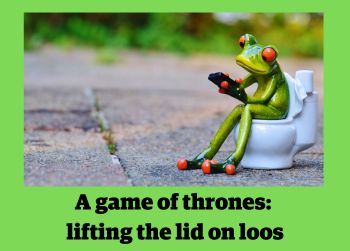
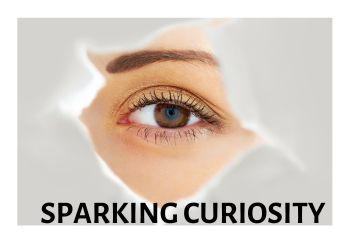
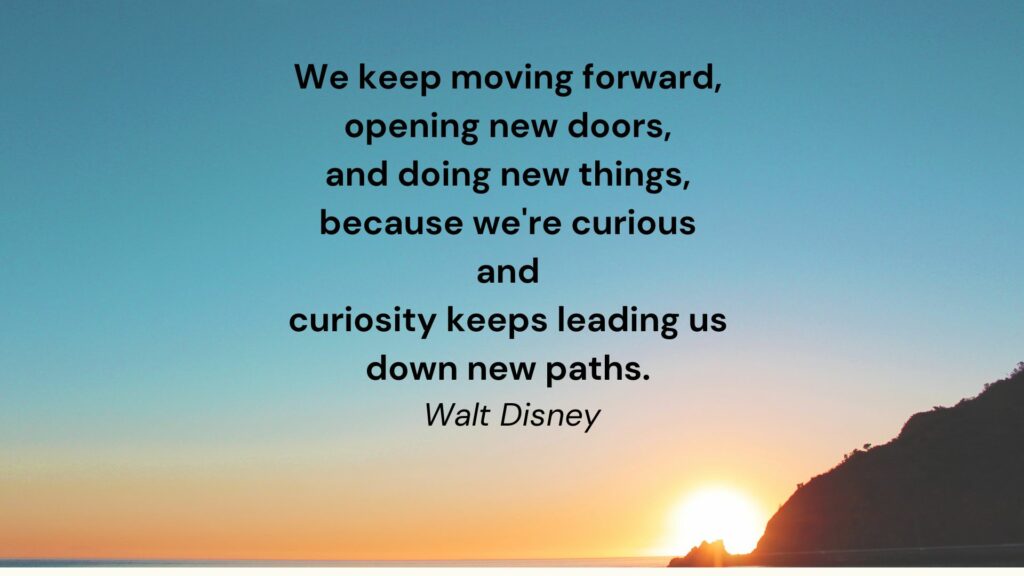
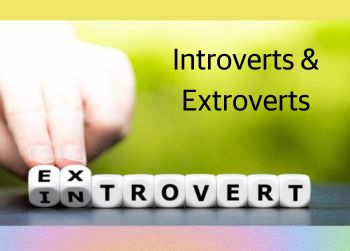


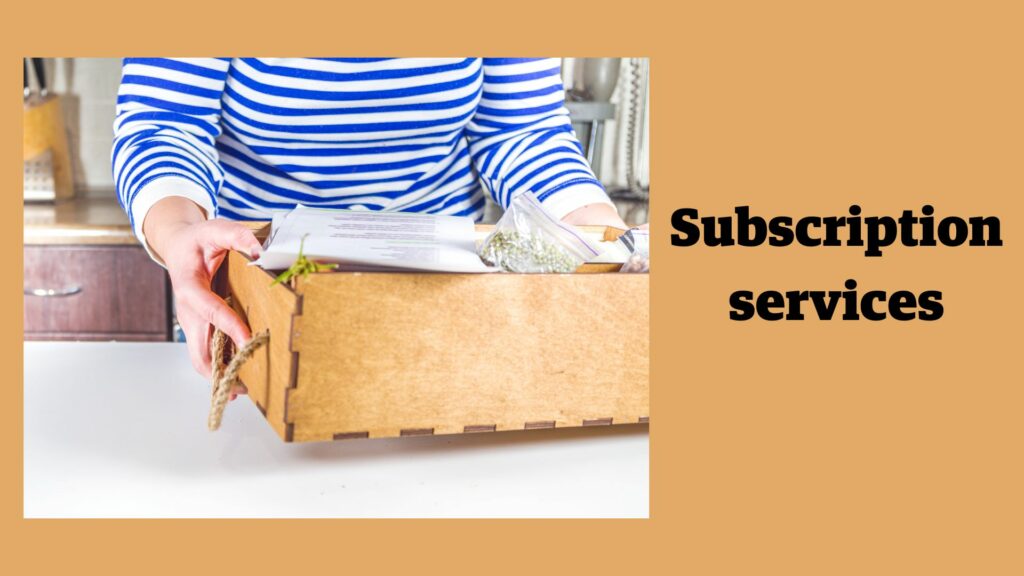
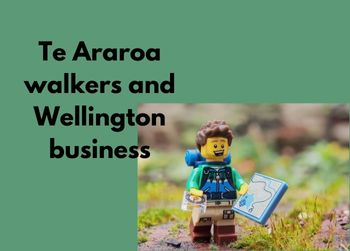
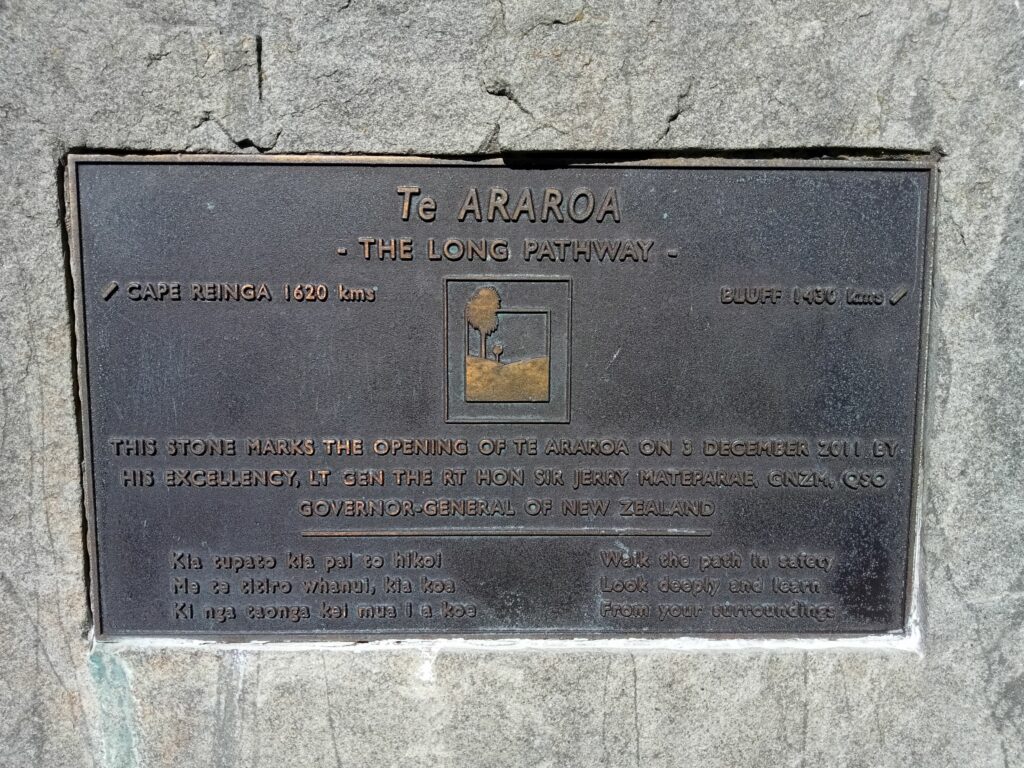


 New Zealand outdoor magazine Wilderness is available in
New Zealand outdoor magazine Wilderness is available in 